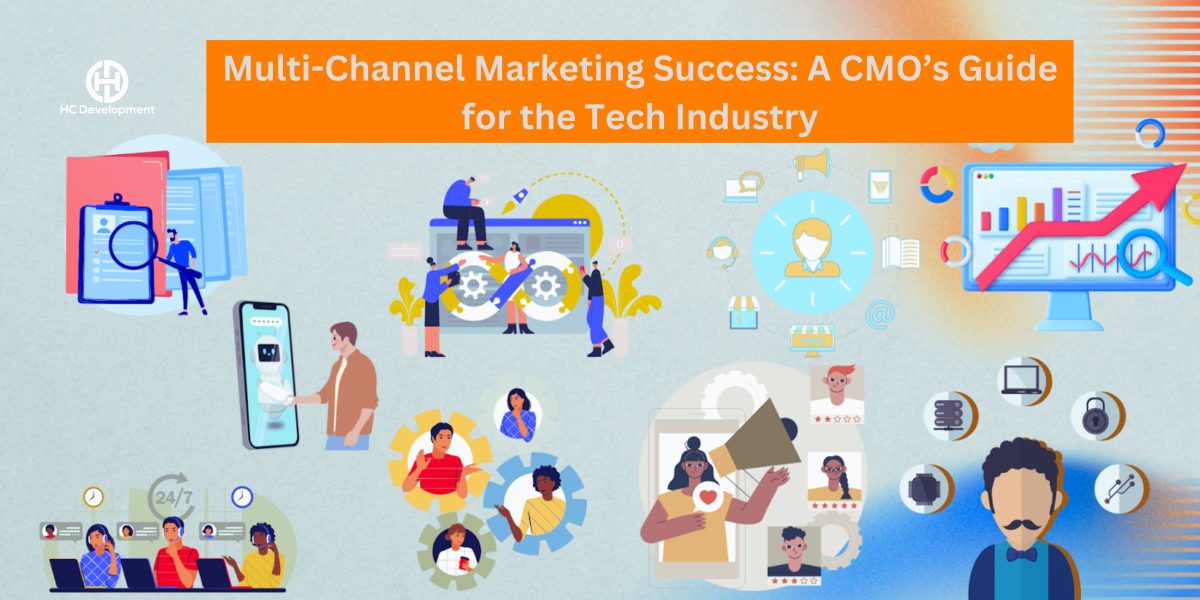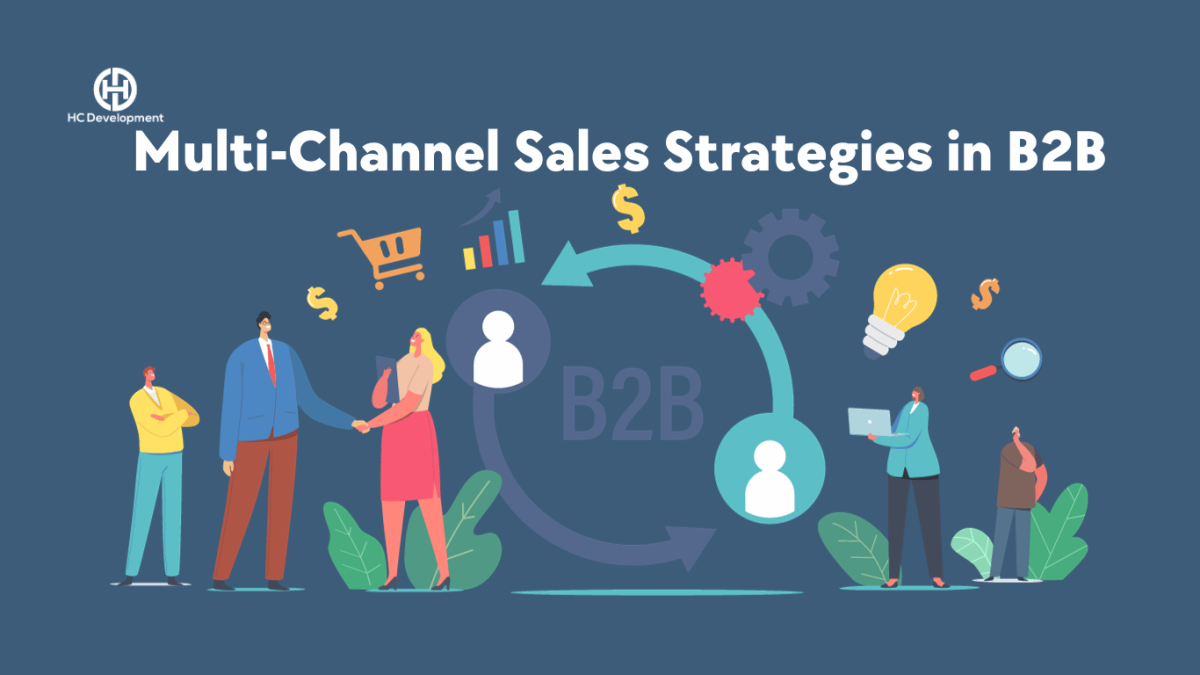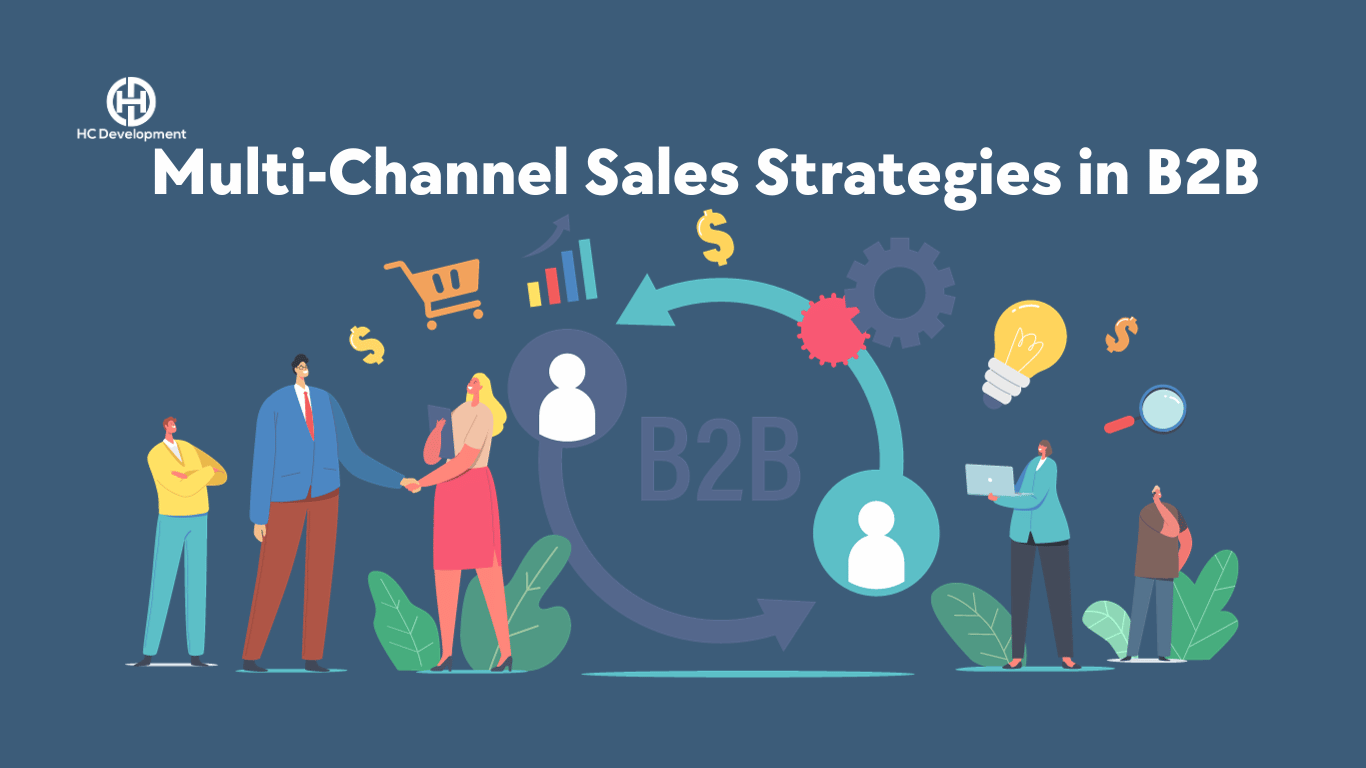The CMO’s Guide to Multi-Channel Marketing Success in Tech
Introduction
In today’s rapidly evolving tech landscape, CMOs (Chief Marketing Officers) face the challenge of effectively reaching their target audiences through multiple channels. Multi-channel marketing involves using a variety of platforms and methods to engage with customers, ensuring a consistent and cohesive brand message across all touchpoints. This guide provides a comprehensive look at how CMOs in the tech industry can achieve multi-channel marketing success.
Understanding Multi-Channel Marketing
What is Multi-Channel Marketing?
Multi-channel marketing is the practice of interacting with customers through various communication channels, including websites, social media, email, mobile apps, and more. The goal is to create a seamless customer experience regardless of how or where a customer interacts with your brand.
Importance of Multi-Channel Marketing
Increased Reach: Engage with a broader audience by utilizing multiple platforms.
Customer Convenience: Provide customers with the flexibility to interact with your brand through their preferred channels.
Enhanced Customer Experience: Throughout all touchpoints, provide a standardized and customized experience.
Key Strategies for Multi-Channel Marketing Success
1. Understand Your Audience
Why It Matters
Producing pertinent and interesting content requires a thorough understanding of your audience.
How to Do It
Market Research: Conduct surveys, focus groups, and use analytics to gather insights about your target audience.
Customer Personas: Develop detailed customer personas to understand the needs, preferences, and behaviors of your audience segments.
Customer Journey Mapping: Draw out the customer journey to pinpoint important points of contact and involvement opportunities.
2. Develop a Cohesive Brand Message
Why It Matters
A consistent brand message builds trust and recognition among your audience.
How to Do It
Brand Guidelines: Establish clear brand guidelines to ensure consistency in messaging, tone, and visual identity.
Unified Content Strategy: Create a content strategy that aligns with your brand’s values and objectives.
Cross-Channel Integration: Ensure that your messaging is integrated across all channels for a seamless experience.
3. Leverage Data and Analytics
Why It Matters
You may maximize your marketing efforts and make well-informed decisions with the help of data-driven insights.
How to Do It
Analytics Tools: Use tools like Google Analytics, social media analytics, and CRM systems to track performance and gather data.
Performance Metrics: Define key performance indicators (KPIs) to measure the success of your campaigns.
A/B Testing: Conduct A/B testing to determine the most effective strategies and optimize your campaigns.
4. Utilize Marketing Automation
Why It Matters
Marketing automation helps streamline processes, improve efficiency, and deliver personalized experiences.
How to Do It
Email Marketing: Use automation tools to send targeted and personalized email campaigns.
Social Media Scheduling: Automate social media posts to maintain a consistent presence.
Customer Segmentation: Use automation to segment your audience and deliver tailored content.
5. Focus on Content Marketing
Why It Matters
High-quality content drives engagement, builds trust, and supports SEO efforts.
How to Do It
Content Strategy: Create a plan for your content that takes your audience’s demands and business objectives into account.
Content Creation: Produce a variety of content types, including blogs, videos, infographics, and case studies.
SEO Optimization: Optimize your content for search engines to increase visibility and drive organic traffic.
6. Engage on Social Media
Why It Matters
Social media platforms offer opportunities for direct engagement and brand building.
How to Do It
Platform Selection: Choose the right platforms based on where your audience is most active.
Engaging Content: Share a mix of content, including educational, entertaining, and promotional posts.
Community Management: Respond to comments and messages promptly to foster a sense of community and trust.
7. Invest in Mobile Marketing
Why It Matters
Mobile marketing is crucial for reaching your customers while they’re on the go because of the rising use of mobile devices.
How to Do It
Mobile Optimization: Make sure that the information and website on your mobile website are mobile-friendly.
SMS Marketing: Use SMS marketing to send targeted offers and updates.
Mobile Apps: Develop mobile apps to provide a more personalized and convenient experience.
8. Embrace Emerging Technologies
Why It Matters
Emerging technologies can enhance your marketing efforts and provide new ways to engage with your audience.
How to Do It
Artificial Intelligence: Use AI for personalized recommendations, chatbots, and predictive analytics.
Augmented Reality: Incorporate AR to create interactive and immersive experiences.
Voice Search: Optimize your content for voice search to capture voice-based queries.
9. Monitor and Adjust Your Strategies
Why It Matters
Continuous monitoring and adjustments are necessary to stay effective and relevant.
How to Do It
Performance Monitoring: Keep a close eye on how well your campaigns are doing in comparison to your KPIs.
Feedback Loops: Collect feedback from customers to identify areas for improvement.
Agility: Be prepared to adjust your strategies based on performance data and market changes.
Conclusion
Achieving multi-channel marketing success requires a strategic and integrated approach. By understanding your audience, developing a cohesive brand message, leveraging data, utilizing automation, focusing on content marketing, engaging on social media, investing in mobile marketing, embracing emerging technologies, and continuously monitoring and adjusting your strategies, CMOs can drive sustainable growth and stay ahead in the competitive tech industry.
To know more about Business Growth and Strategy Click Here
Subscribe : Youtube




